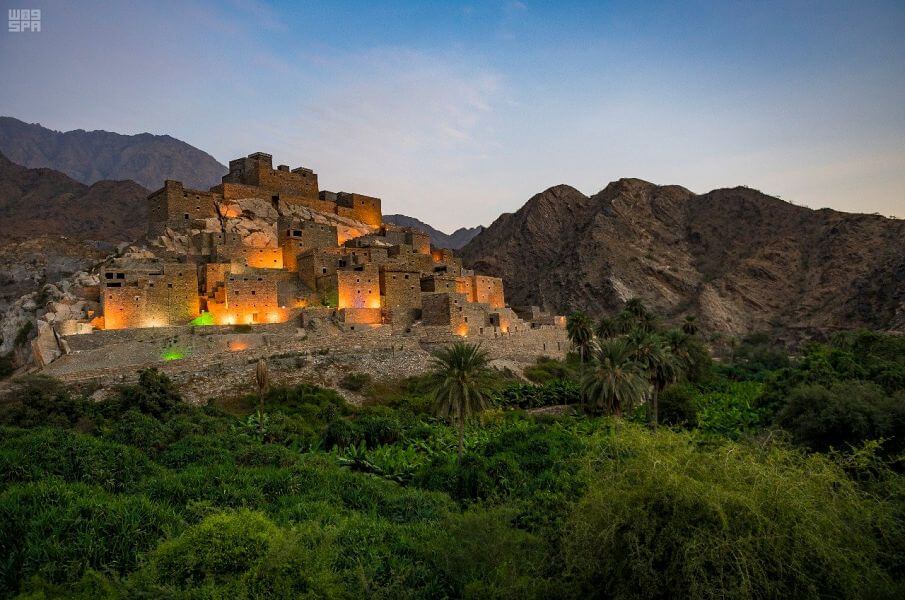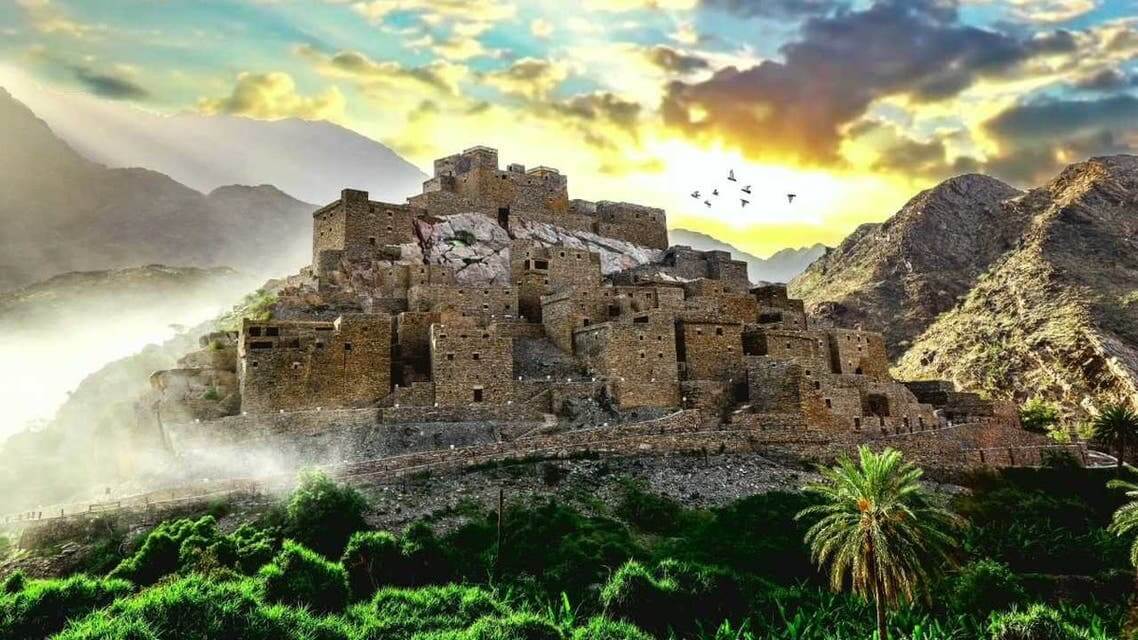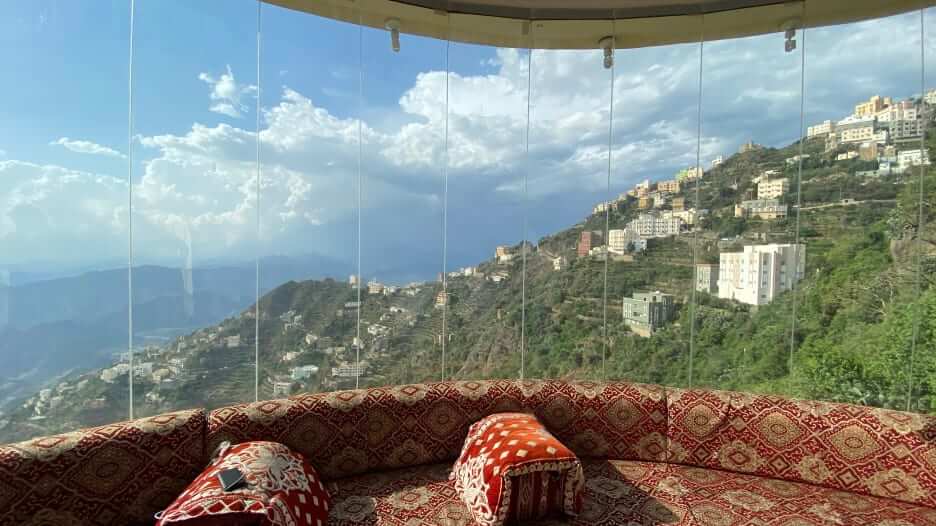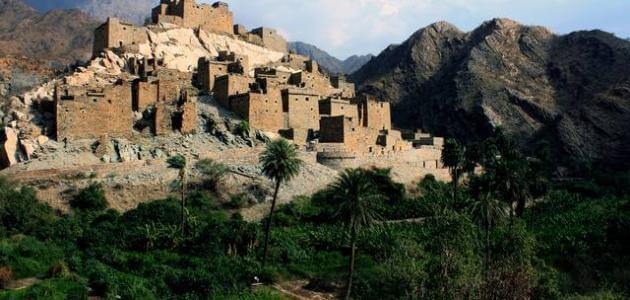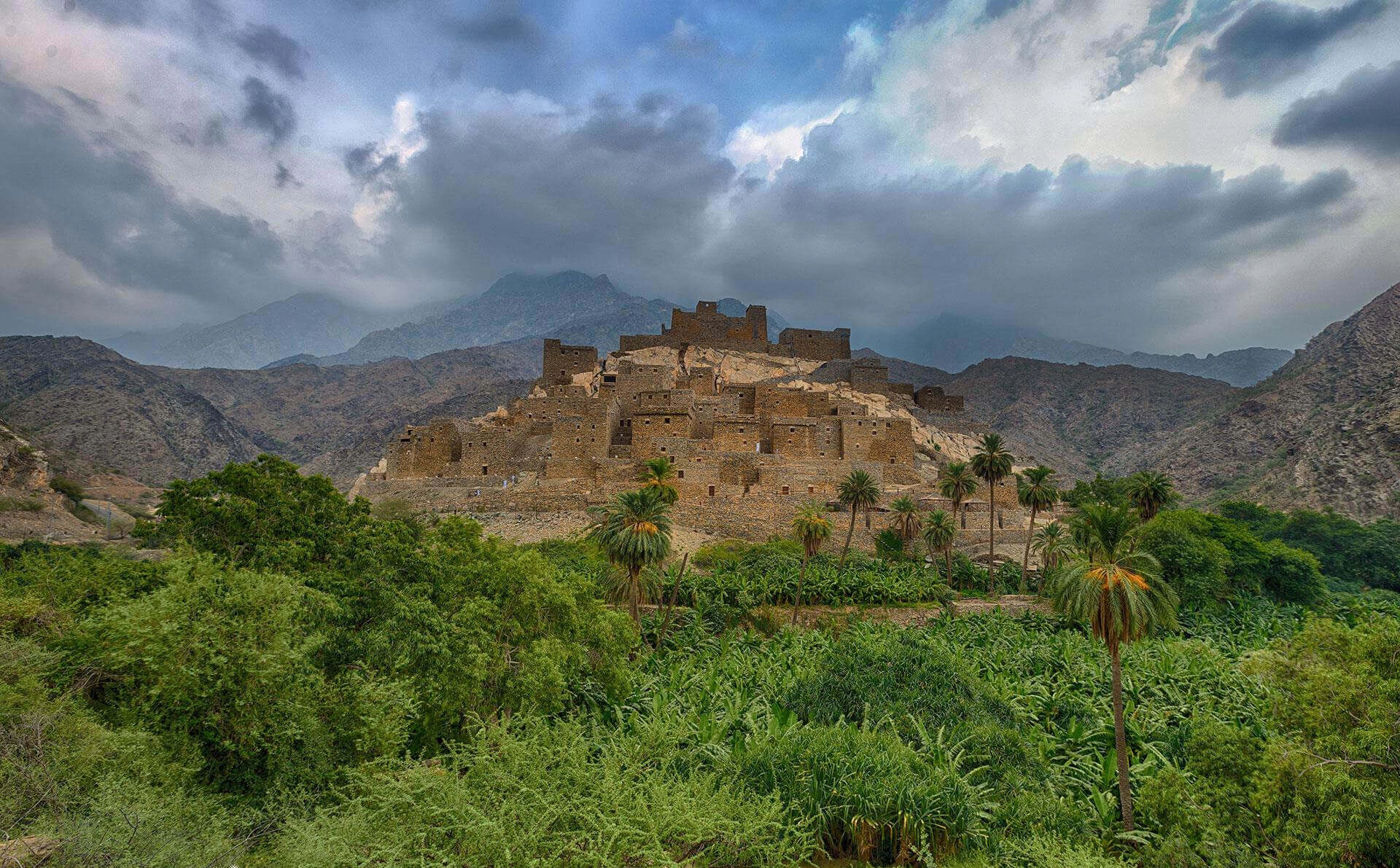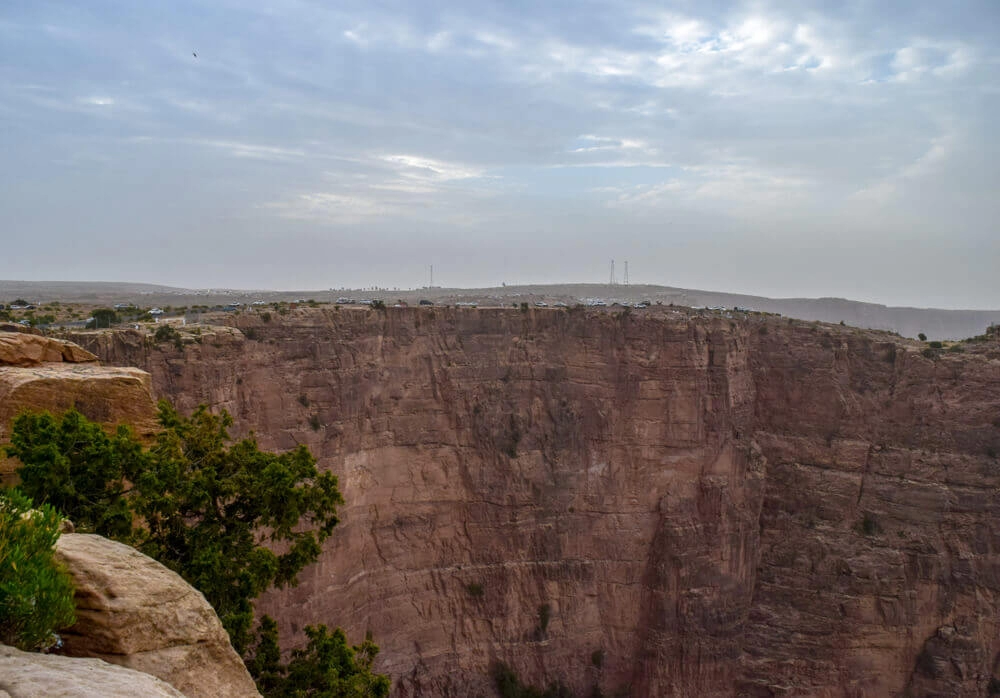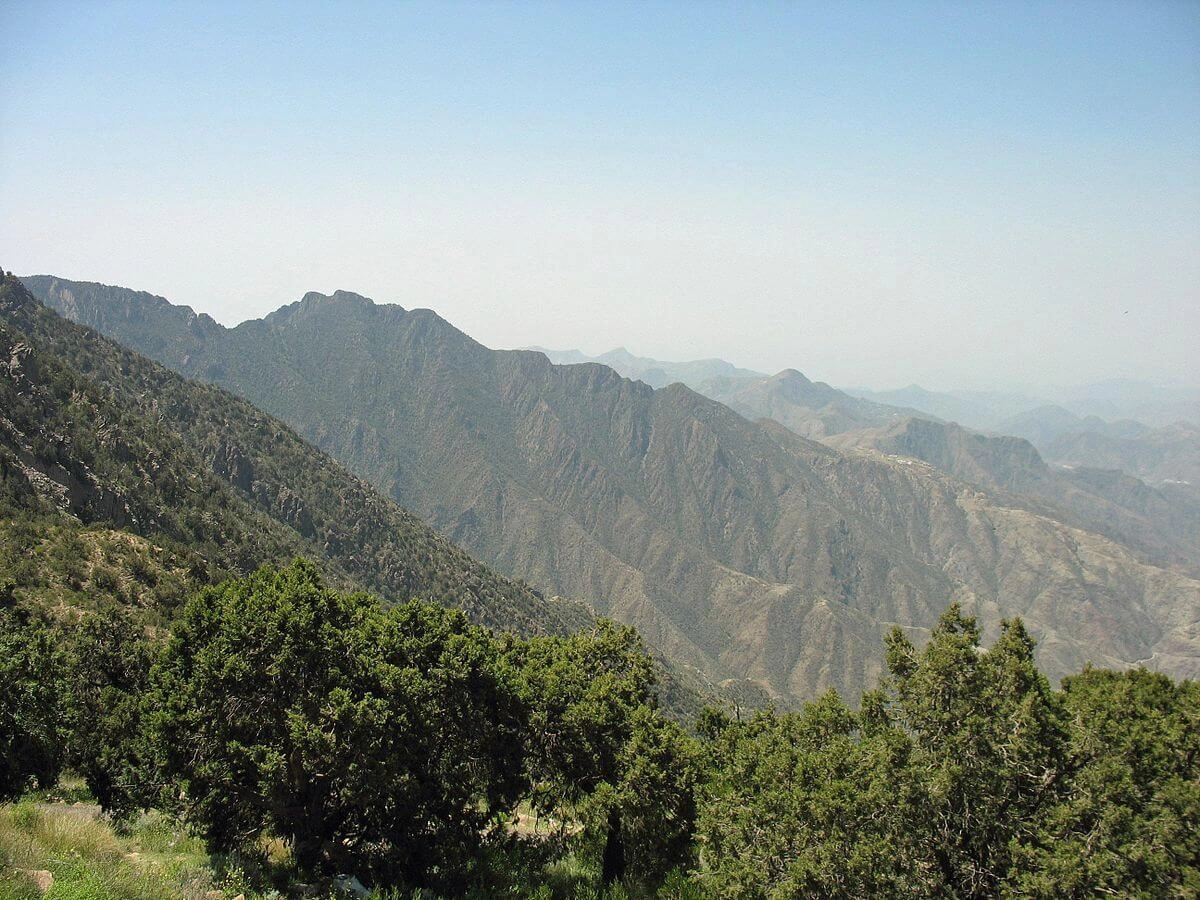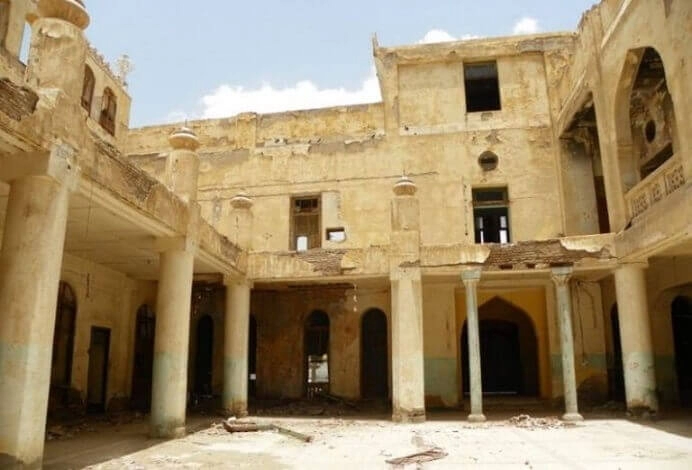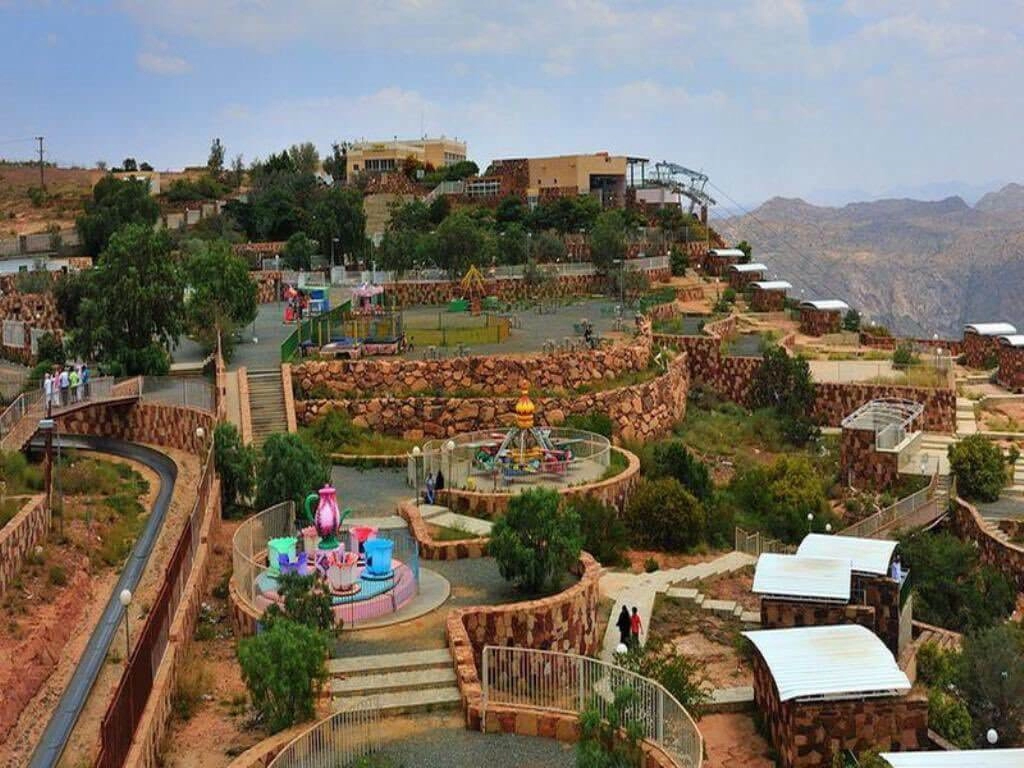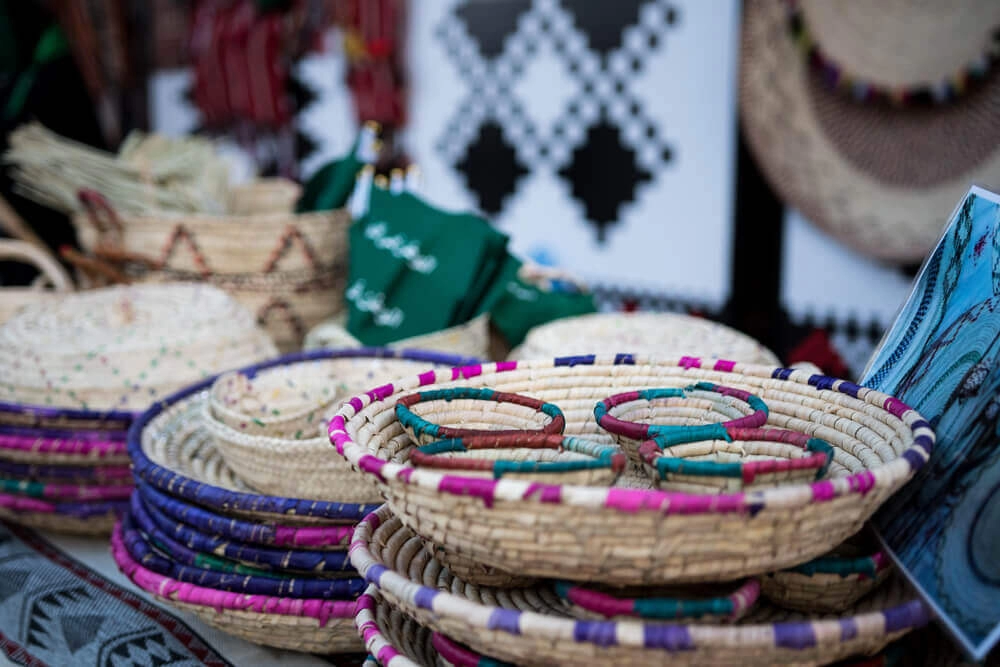About :
The village of Thee Ain is one of Saudi Arabia's ancient historical villages, located in Tahimah in the west of the country, around 20 kilometres from the province of Al Makhwah and 24 kilometres from the province of Al Bahah. The village of Thee Ain dates back more than 400 years, to the tenth century Hijri.
It was built on the top of Al-Abiad Mountain, and it is one of the villages noted for the growth of (Pandanus tectorius-basil-pepper-lemon-banana) as well as outstanding and distinctive handicrafts. All of the houses in the hamlet have two to four floors, and the village also includes a remarkable mosque and a number of forts, which were erected in the past to withstand hostile invasions, serve as watchtowers, and assist defend the village from any unwanted threat.
The village of Thee Ain is one of the villages that UNESCO has approved to be included in the World Heritage List in 2014
Thee Ain name origin
The reason why this village is called by this name is due to the water spring (Ain Al-Miah in Arabic) that flows among the neighbouring mountains without interruption and the water eventually pours into many different places, each having its own name.
There is another short story about a man who lost his wooden stick in one of the valleys.
and as the legend says, he came to this village, and the villagers gathered to help him and dug out the well to get the stick back.
It is said that the stick of this man from time immemorial was hollow with a powder inside it that helps strengthen his eyesight in determining the paths of underground water, and this powder is locally called the "sight clearer", and because of the importance of this powder to him, he put pieces of silver on it and the stick also has a blade made of silver.
When he tried to get it out of the valley, he failed and could not do it, and due to his remarkable ability to determine the paths of underground water, he kept following it until he reached the village of Thee Ain.
When he arrived in the village he asked to meet the villagers and told them that there was a treasure under the village to look for, and when the villagers asked him about the treasure, he told them that it was an inexhaustible endless supply of water, so the villagers asked him about the location of the treasure, and he decided to tell them, but on one condition, that he take his money (silver) back, and they agreed.
Then the man took them to the place where the water well was located, which is still there to this day, and ordered them to start digging, and before they exceeded half a metre, the man pointed out to them to stop digging and move away, and as soon as they moved away, the water exploded from between the two rocks with the man's stick on top brought back by the intensity and strength of the water, then the man took his stick and said goodbye to the people of the village as he was the reason for finding this enormous water well, and that's why the village was named Thee Ain after his discovery.
This mountain was considered a resort by the people of the valley in ancient times, and this is a result of the wonderful weather, so they used to put their tents in it, and this was during the hot summer periods. And at the Millennium Hijri, many took it as a dwelling and built their houses in it, and the village was named after the mountain.
Thee Ain village has now become one of the ancient archaeological villages around which many interesting and wonderful tales and legends are swirling, and that is why a large number of tourists from outside and inside the kingdom of Saudi Arabia come to see it and enjoy their time.
 العربية
العربية الصينية
الصينية